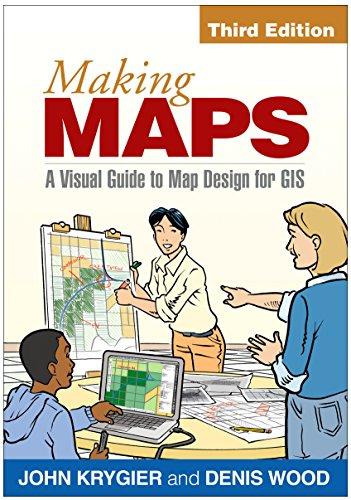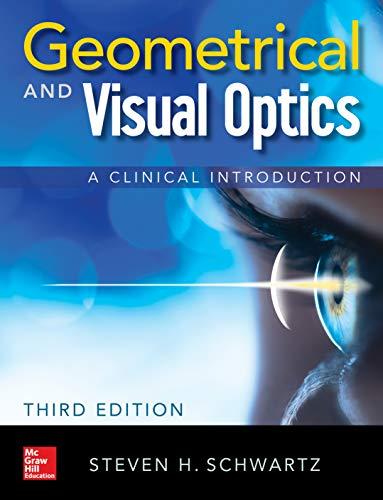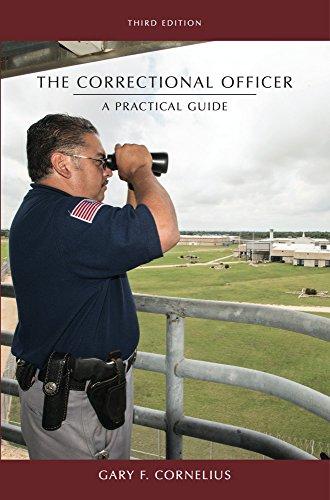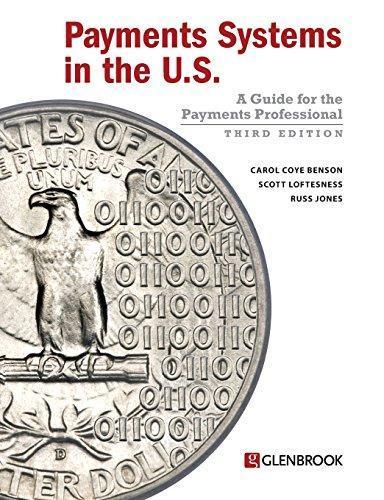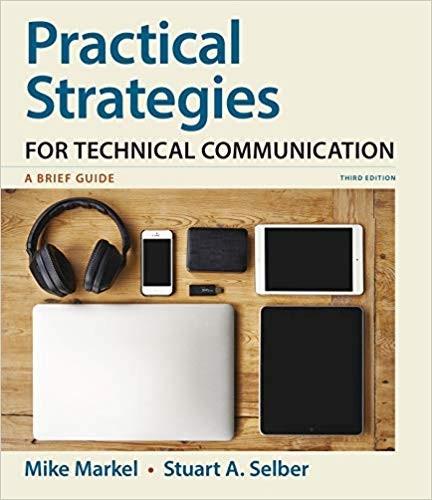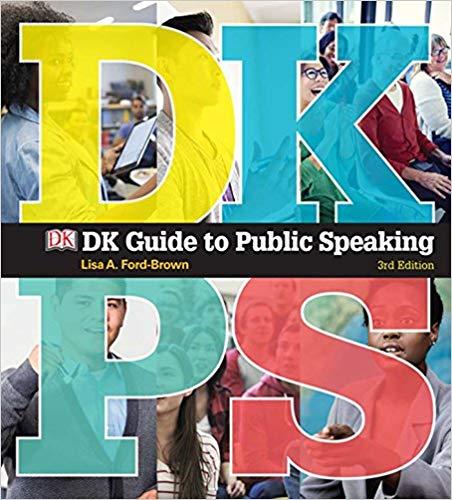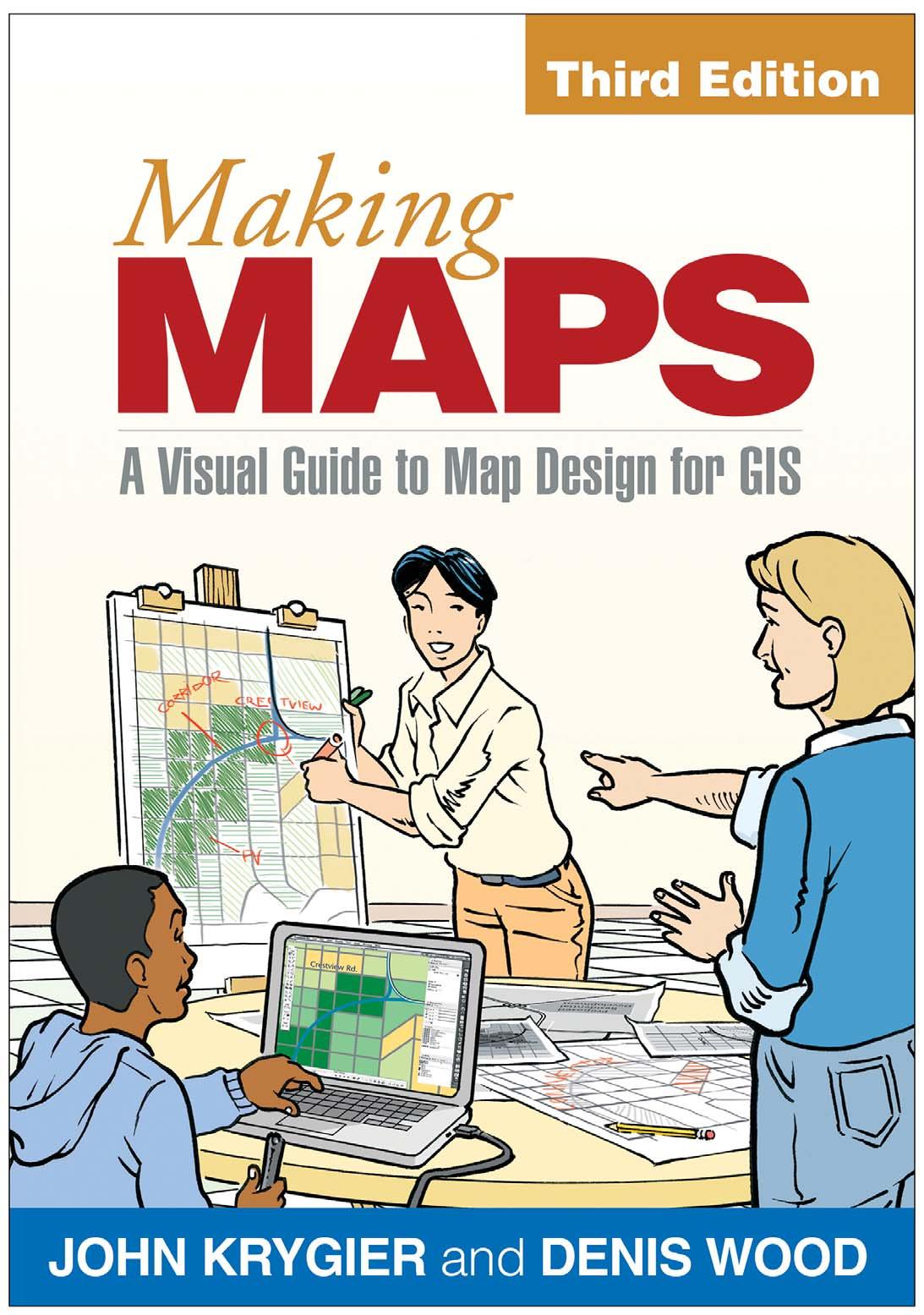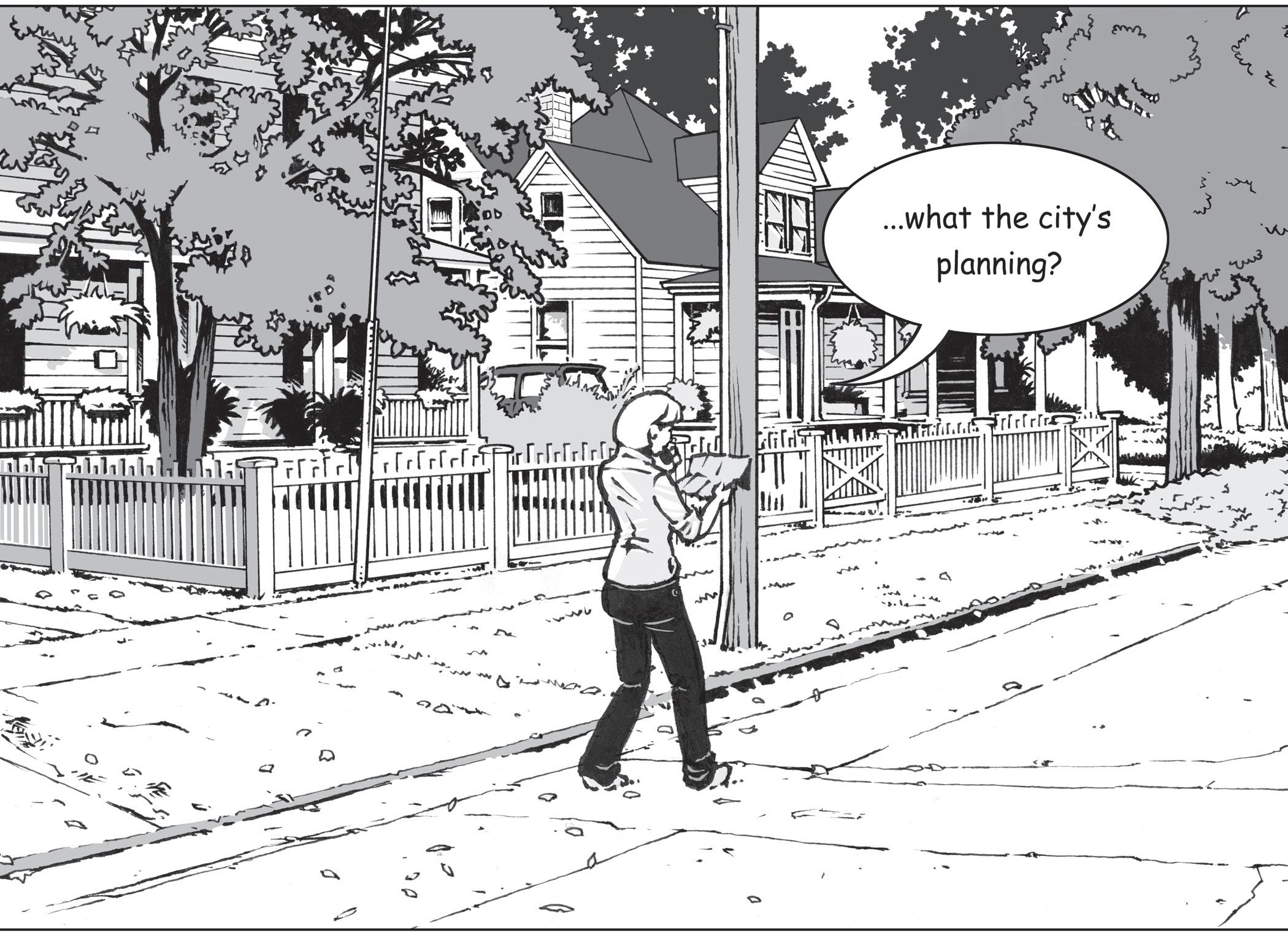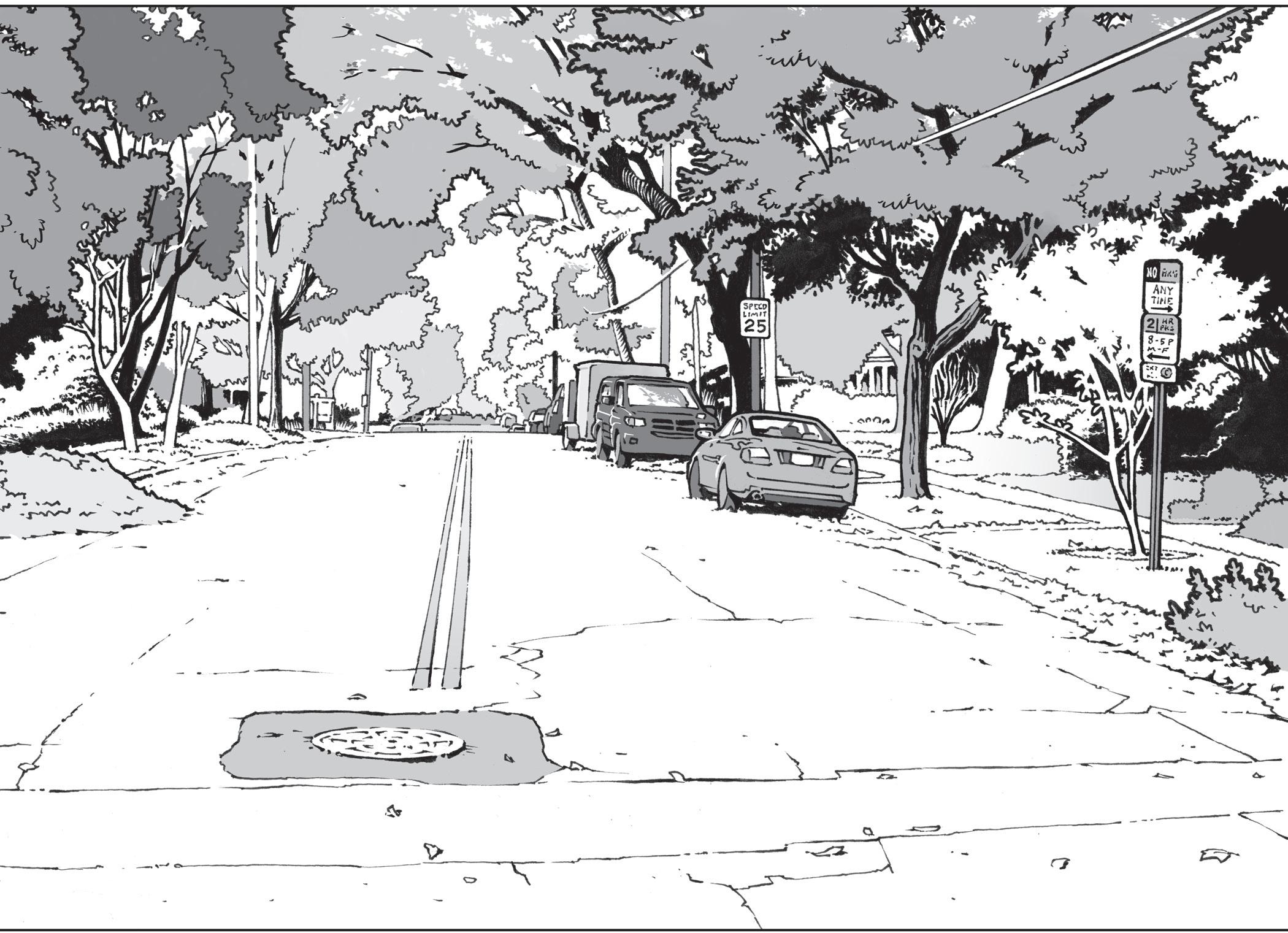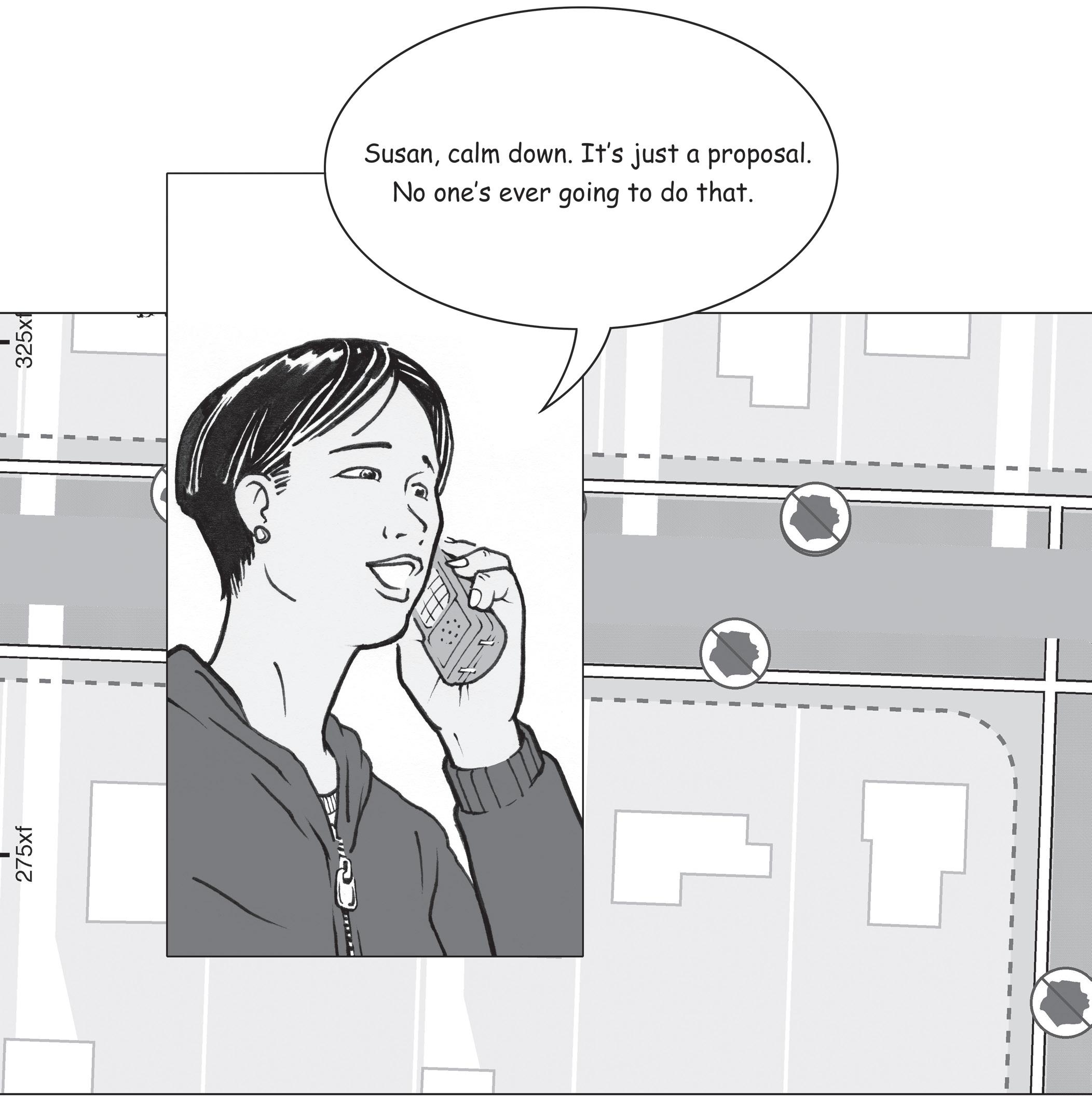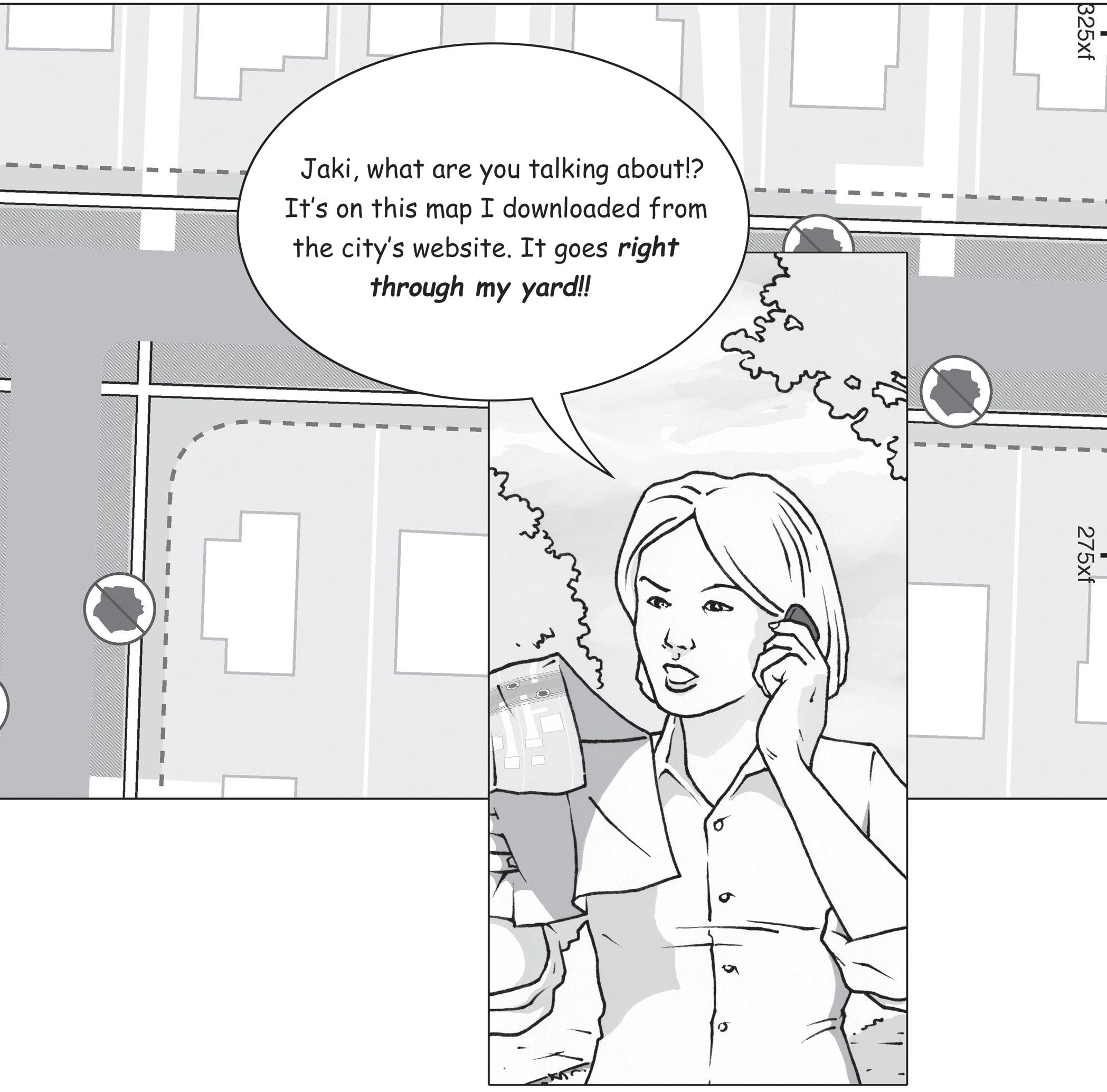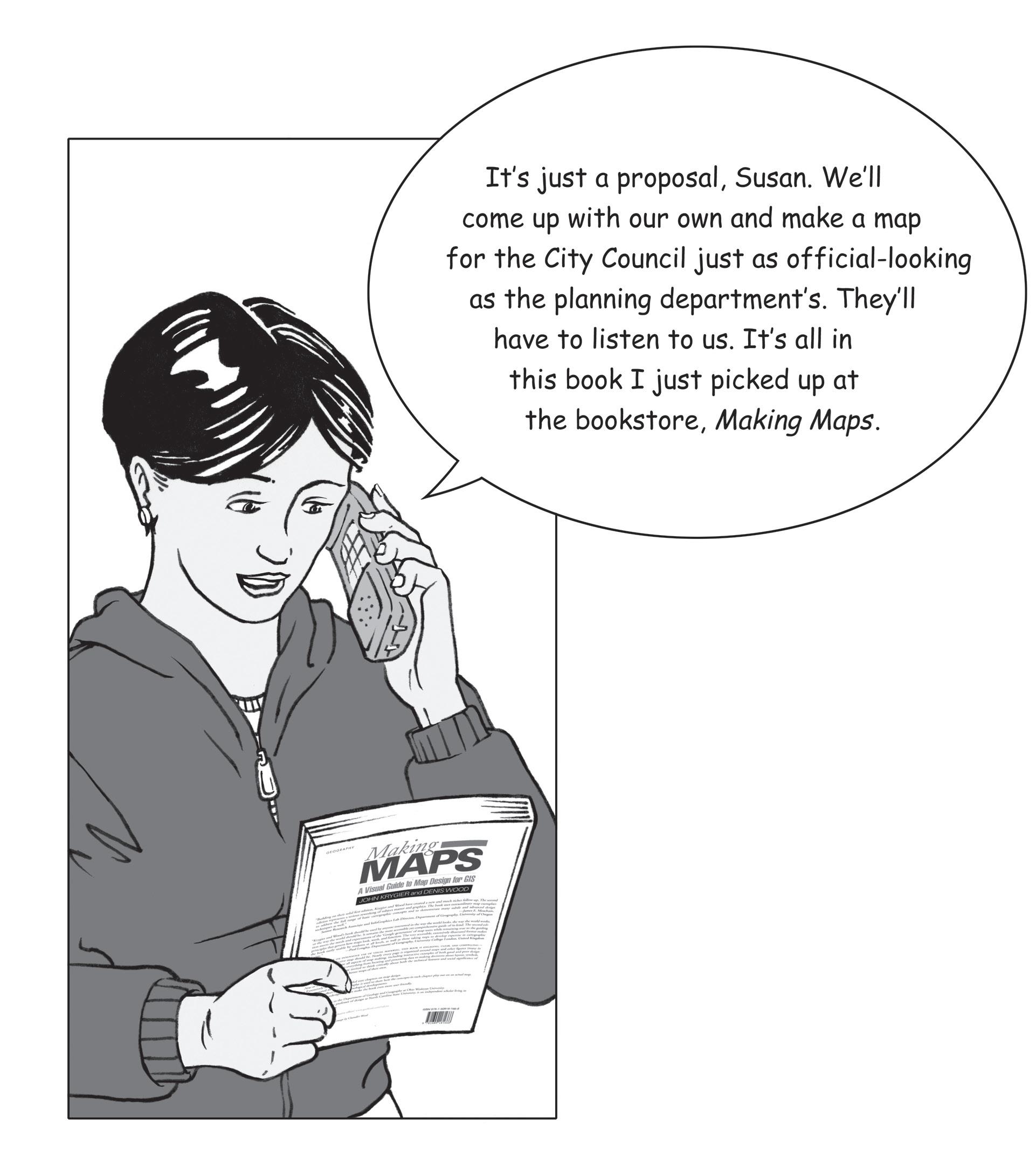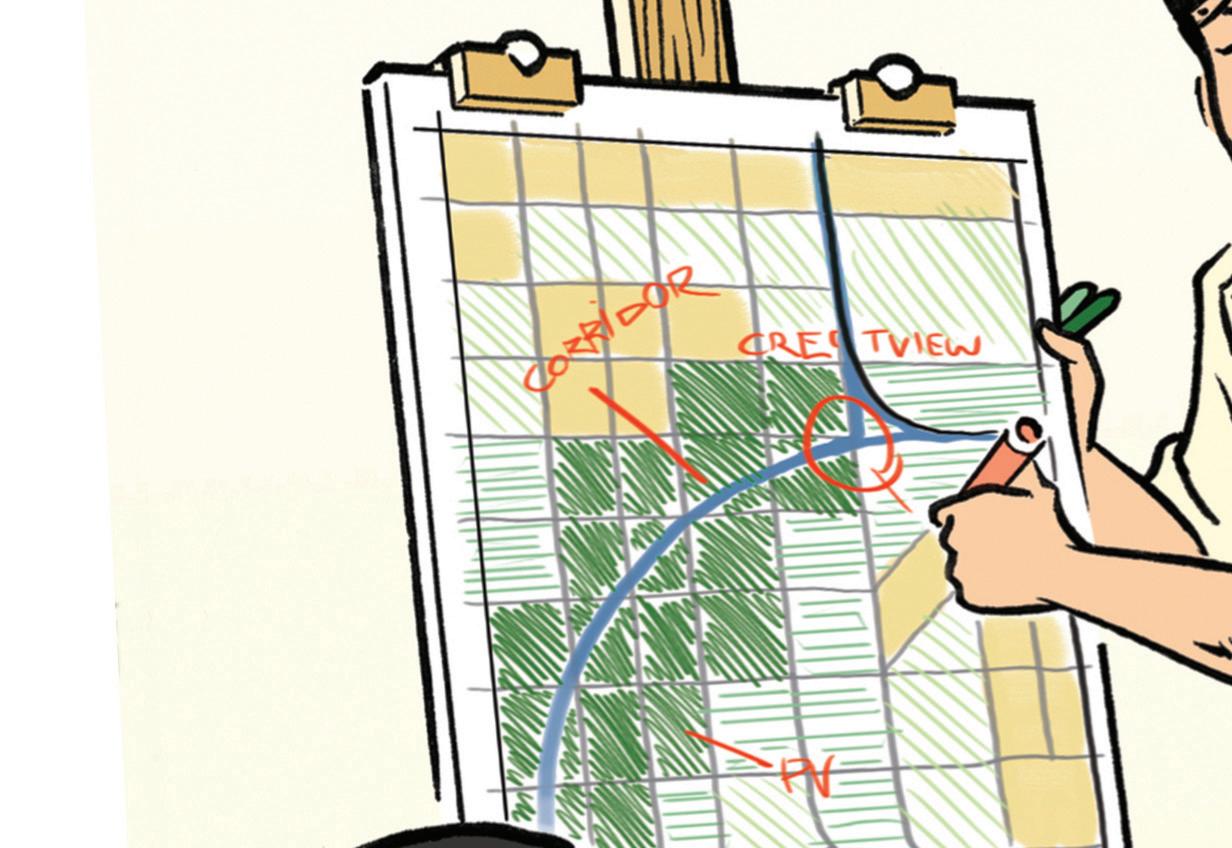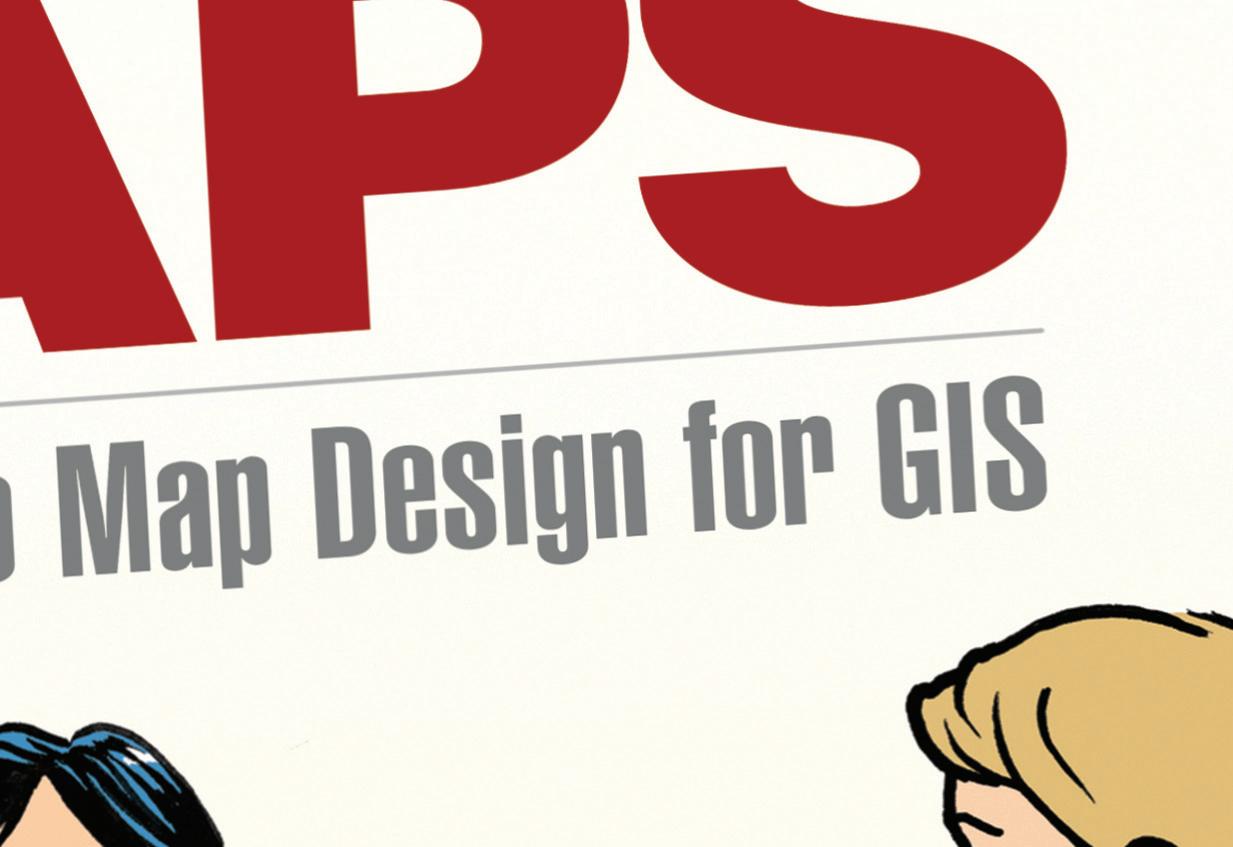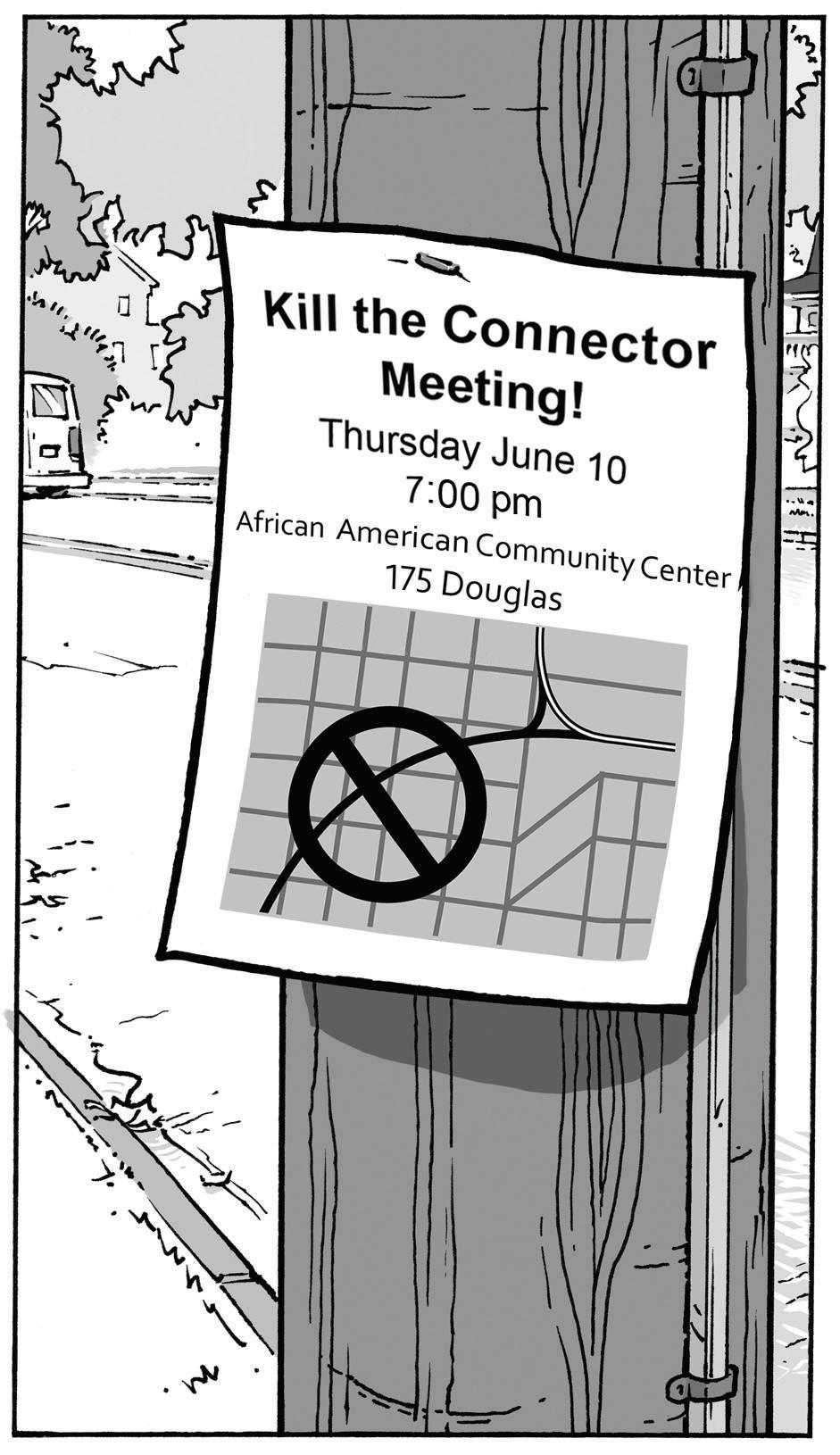Making Maps, Third Edition: A Visual Guide to Map Design for GIS 3rd Edition, (Ebook PDF)
Visit to download the full and correct content document: https://ebookmass.com/product/making-maps-third-edition-a-visual-guide-to-map-desi gn-for-gis-3rd-edition-ebook-pdf/
More products digital (pdf, epub, mobi) instant download maybe you interests ...
Geometrical and Visual Optics, Third Edition 3rd Edition, (Ebook PDF)
https://ebookmass.com/product/geometrical-and-visual-opticsthird-edition-3rd-edition-ebook-pdf/
The Correctional Officer: A Practical Guide, Third Edition 3rd Edition, (Ebook PDF)
https://ebookmass.com/product/the-correctional-officer-apractical-guide-third-edition-3rd-edition-ebook-pdf/
(eTextbook PDF) for Teacher’s Pocket Guide to School Law, A 3rd Edition
https://ebookmass.com/product/etextbook-pdf-for-teachers-pocketguide-to-school-law-a-3rd-edition/
(eTextbook PDF) for Voice Disorders, Third Edition 3rd Edition
https://ebookmass.com/product/etextbook-pdf-for-voice-disordersthird-edition-3rd-edition/
(eBook PDF) A Visual Analogy Guide to Human Anatomy, 4th Edition Paul A. Krieger
https://ebookmass.com/product/ebook-pdf-a-visual-analogy-guideto-human-anatomy-4th-edition-paul-a-krieger/
Payments Systems in the U.S. u2013 Third Edition : A Guide for Professional 3rd
https://ebookmass.com/product/payments-systems-in-the-u-s-thirdedition-a-guide-for-professional-3rd/
(eTextbook PDF) for Practical Strategies for Technical Communication: A Brief Guide Third Edition
https://ebookmass.com/product/etextbook-pdf-for-practicalstrategies-for-technical-communication-a-brief-guide-thirdedition/
(eBook PDF) README FIRST for a User’s Guide to Qualitative Methods 3rd Edition
https://ebookmass.com/product/ebook-pdf-readme-first-for-a-usersguide-to-qualitative-methods-3rd-edition/
(eTextbook PDF) for DK Guide to Public Speaking 3rd Edition
https://ebookmass.com/product/etextbook-pdf-for-dk-guide-topublic-speaking-3rd-edition/
THE GUILFORD PRESS
© 2011 The Guilford Press A Division of Guilford Publications, Inc. 72 Spring Street, New York, NY 10012 www.guilford.com
All rights reserved
No part of this book may be reproduced, translated, stored in a retrieval system, or transmitted, in any form or by any means, electronic, mechanical, photocopying, micro lming, recording, or otherwise, without written permission from the Publisher. Printed in the United States of America.
Copyright © 2016 The Guilford Press A Division of Guilford Publications, Inc. 370 Seventh Avenue, Suite 1200, New York, NY 10001 www.guilford.com
All rights reserved
This book is printed on acid-free paper.
Last digit is print number:
9 8 7 6 5 4 3 2 1
No part of this book may be reproduced, translated, stored in a retrieval system, or transmitted, in any form or by any means, electronic, mechanical, photocopying, microfilming, recording, or otherwise, without written permission from the publisher.
Printed in the United States of America.
Library of Congress Cataloging-in-Publication Data
This book is printed on acid-free paper.
Krygier, John Making maps / John Krygier, Denis Wood. -- 2nd ed. p. cm.
Last digit is print number: 9 8 7 6 5 4 3 2 1
Includes bibliographic references and index. ISBN 978-1-60918-166-6 (pbk.)
1. Cartography. 2. Geographic information systems. I. Wood, Denis. II. Title.
Library of Congress Cataloging-in-Publication Data is on p. 293
GA105.3.K79 2011 526--dc22
2010040429
It’s Time to Make Maps...
People communicate about their places with maps. Less common than talk or writing, maps are made when called for by social circumstances. Jaki and Susan are making maps to protect their neighborhood. Why a map? Because the city used a map. The map unambiguously expresses the city’s intentions to widen Crestview Road, drawing from the maps, talk, and text of city planners. If the plan is realized, the city will also use maps to communicate its intentions to surveyors, engineers, contractors, utility companies, and others.
The maps are all of Crestview Road – all of the same place – and the maps are all different. Yet they are all equally good. Different goals call for different maps: the quality of a map is frequently a matter of perspective rather than design. Think of a map as a kind of statement locating facts. People will select the facts that make their case. That’s what the map is for: to make their case.
The city’s case is that Crestview Road needs to be widened. They present their plan as “a new vision,” an enhancement, different and better.
The city communicates to construction firms and utilities with detailed maps, making the case that the planners and engineers have done their work.
Jaki and Susan’s case is that widening Crestview Road would be a terrible mistake. Time to make a map!
Making maps, making your case...
Different Goals Call for Different Maps
Jaki and Susan soon realize the plan to widen Crestview is but a piece of a larger plan to redevelop the northern and western suburbs of the city. The key feature of the plan is a connector (in solid black, below) proposed to link two major roads. Different groups create equally effective maps to articulate their different perspectives on the proposed road. Though the maps may seem polemical, isolating the facts each presents is useful in focusing debate.
Goal: keeping costs low. A city map shows that its plan is the shortest and least costly route for the connector. The city’s map focuses on moving traffic at the least cost to taxpayers.
Goal: defending neighborhood integrity. An African American community map shows how the connector rubs salt in the wound sustained by the earlier imposition of the arterial highway. The focus of their map is the further destruction of their neighborhood by the proposed connector.
Crestview Rd.
African American Community Center
1st African Methodist Episcopal Church Lincoln Park
MLK High School
Crestview Rd.
ProposedConnector
Goal: maintaining historic continuity. The Society for Historic Preservation’s map shows how the connector will affect significant properties in an existing historic district. Their map focuses on the adverse effect on significant properties and on the integrity of the historic district.
Goal: protecting endangered wetlands. An environmental group shows that the connector will violate the city’s policy of avoiding road construction in floodplains. The Oberlin Creek watershed, already greatly impacted by over 100 years of urban growth, cannot withstand a further onslaught of development.
Crestview Rd.
Crestview Rd.
Goal: defending their street. Jaki and Susan’s first map scales roads to show existing traffic counts. It suggests how much more effective it would be to widen Armitage Avenue, a street already tied into the downtown grid. Their aim is to divert attention from Crestview Road.
Goal: defeating the connector. Aware of the connector’s key role in motivating the widening of Crestview, and informed by the maps produced by other groups, Jaki and Susan realize it’s less that Crestview needs defending and more that the connector needs defeating: low property values correlate with historic discrimination against African Americans, with older housing, and the floodplain. The connector exploits this nexus: their new map focuses on social and environmental justice. Jaki and Susan work out a “Social and Environmental Justice Sensitivity” metric, taking into account race, history, and environmental factors.
Social and Environmental Justice Sensitivity
Crestview Rd.
Armitage Ave.
Crestview Rd.
Goal: defeating the connector. When they moved from defending Crestview to defeating the connector, Jaki and Susan realized they’d shifted their attention from their neighborhood to the larger community. At first this alarmed them – maybe they were overreaching – but once they realized they could find allies in the African American community, among the historic preservationists, and in the environmental group concerned with the floodplain, they got excited.
All the groups concerned with the city’s plan got together at the African American Community Center. Jaki and Susan’s Social and Environmental Justice map helped everyone see they shared a common problem. Everyone’s map making had made a difference!
In December 1986 an experimental aircraft named Voyager became the first piloted aircraft to circle the earth without refueling.
Transition from tailwinds to headwinds
Passing between two mountains, Rutan and Yeager weep with relief at having survived Africa’s storms
disabled by
warning light goes on Thunderstorm forces Voyager into 90° bank Flying among ‘the redwoods’: life and death struggle to avoid towering thunderstorms
Worried about ying through restricted airspace, Rutan and Yeager mistake the morning star for a hostile aircraft Coolant
Discovery of backwards fuel ow Squall line
of Worried about through airspace, Yeager mistake morning a hostile
miles
Flight data courtesy of Len Snellman and Larry Burch, Voyager meteorologists Mapped by David DiBiase and John Krygier, Department of Geography, University of Wisconsin-Madison, 1987
about ying through restricted Rutan and mistake the morning star for hostile aircraft
Rendezvous team not permitted to take off Coolant seal leak
Squall line
Discovery of backwards fuel ow
Voyager squeezes between restricted Vietnamese airspace and thunderstorms Autopilot failure
Voyager ies between feeder band and main storm to maximize tailwinds
Typhoon Marge
Dramatic takeoff; wingtips scraped off Edwards AFB
Impromptu rendezvous with chase plane
THE FLIGHT OF VO YAGER
December 14-23, 1986
Wind speed, direction, & cloud cover
Mercator map projection Scale at equator is 1:43,000,000
Voyager pilots: Dick Rutan and Jeana Yeager
Voyager designer: Burt Rutan
What do you need to know to make this map?
Whom was this map made for?
Who is its audience?
Where is the rest of the world?
Where did the flight path and meteorological data for the map come from?
Triumphant landing at Edwards AFB
Engine stalled; unable to restart for ve harrowing minutes
Transition from tailwinds to headwinds
Oil warning light goes on
Rutan disabled by exhaustion
Why is the latitude/longitude grid only on the water?
Why are some, but not all, country names on the map?
Passing between two mountains, Rutan and Yeager weep with relief at having survived Africa’s storms
Worried about ying through restricted airspace, Rutan and Yeager mistake the morning star for a hostile aircraft
Thunderstorm forces Voyager into 90° bank Flying among ‘the redwoods’: life and death struggle to avoid towering thunderstorms
Discovery of backwards fuel ow
Squall line
Flight data courtesy of Len Snellman and Larry Burch, Voyager meteorologists Mapped by David DiBiase and John Krygier, Department of Geography, University of Wisconsin-Madison, 1987
What type font is this, and why was it chosen?
Why is the ocean type italicized?
Was this map created to be shown in a book? On the web? On a sheet of paper?
How were these symbols chosen?
How was this map created? On the computer? What kind of software was used?
Why isn’t there color on the map? Would color make the map better?
Why are the days running backwards on the map?
Where did data for the storms and typhoons come from?
Isn’t every map supposed to have a north arrow?
Why is this line darker than other lines on the map?
Dramatic takeoff; wingtips scraped off Edwards AFB
Impromptu rendezvous with chase plane
Voyager pilots: Dick Rutan and Jeana Yeager Voyager designer: Burt Rutan Discovery of backwards
THE FLIGHT OF VO YAGER
Wind speed, direction, & cloud cover
Mercator map projection Scale at equator is 1:43,000,000
How to Make a Map
Start by looking; what do you see? Looking at maps is easy. Not really. You can glance at the Mona Lisa in a second. But to get the Mona Lisa you have to look more carefully. What do you see on the Voyager map? Words, lines, continents, a grid. A story, some information with the story. What do you notice first? Black lines, gray lines, white lines ... why are they different? Making maps requires that you answer such questions, and many more. Throughout this book, in nearly every chapter, we annotate The Flight of Voyager. By the end of the book, you will understand how to really see – and make – a map.
